According to some textbooks, one thing the fathers of Soviet choreography hastened to remove from ballet was that awkward-looking language of gestures generally referred to as ‘ballet mime’. Which explains why most Russian versions of Swan Lake lack familiar mime dialogues. And when it came to creating new ballets that required silent acting, such as Lavrosky’s 1940 Romeo and Juliet, the early Soviet dance-makers opted for a more naturalistic form of expressive gestural solutions.
Yet, as is often the case with theatre practices, what was once innovative and naturalistic now looks as trite as 19th-century pantomime. Whether the problem comes down to training new generations of dancers in understanding the long-lost Soviet mime aesthetic, or to the fact that such an aesthetic is dated, it is difficult to say. What is certain is that exaggerated expressions and badly rendered silent movie-type situations can detract greatly from what remains a fine example of past dance-making. Which was, in my view, the main flaw in an otherwise superb performance of Lavrosky’s masterwork last week at the beginning of the sold-out season of the Mariinsky Ballet in London. True, some might find Lavrosky’s over-simplistic choreographic solutions risibly naive. But while mime was not at its best in the performance of Romeo and Juliet I attended, little or nothing can be said against the refined approach to the stylistic nuances and traits of the old dance text.
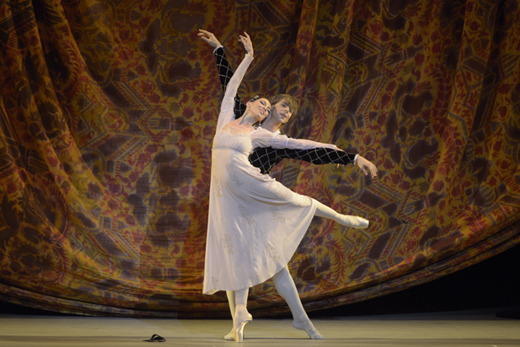
Few companies in the world show the same attention to detail as the Mariinsky Ballet, or the same religious attention to both history and performance traditions as far as dancing is concerned. Lavrosky’s ingenious simplicity might not suit those used to the more modern-looking choreographic modes of either Kenneth MacMillan or John Cranko, but when tackled as beautifully as it was last week, such simplicity acquires the intensity of an old sonnet. Little matter if in the ensemble scenes the merry citizens of fair Verona perform the same dancing as the unlikely peasants of Giselle and Don Quixote. The essence and the true beauty of Lavrosky’s genius comes fully to the fore both in the great duets, in which love, passion, despair and tragedy are portrayed with a few simple but effective and irresistible choreographic strokes.
One interesting aspect of the Lavrosky staging is that it provides dancers with a number of interpretative options, thus allowing diverse readings of the Shakespearean characters. The night I went, Mariinsky’s principal, Viktoria Tereshkina, did not indulge in the niceties most artists go in for when portraying Juliet. At the beginning she focused on Juliet’s aristocratic side — an odd choice for some, as she came across as being too ‘mature’ for the part, despite her radiant youth. But as the drama unfolded, she skilfully contrasted this initial portrayal with Juliet’s intensely dramatic rebellion against the social constraints of being a Capulet. This intelligently devised game of acting chiaroscuros was matched by her exquisite dancing, and was a true compendium of what the Mariinsky (formerly Kirov) school is about.
Dancing alongside her, Xander Parish, the young Brit who sought and found fame abroad, was a refreshingly cute — allow me the use of the term — Romeo. His youth and his looks complemented the boyish approach to the character, which he needs to fine-tune dramatically, though not technically. Later on in the week, Parish was also the acclaimed Prince in the Mariinsky’s Swan Lake, arguably one of the most magical versions of the old classic that every serious balletomane ought to have seen.
Got something to add? Join the discussion and comment below.
Get 10 issues for just $10
Subscribe to The Spectator Australia today for the next 10 magazine issues, plus full online access, for just $10.
You might disagree with half of it, but you’ll enjoy reading all of it. Try your first month for free, then just $2 a week for the remainder of your first year.

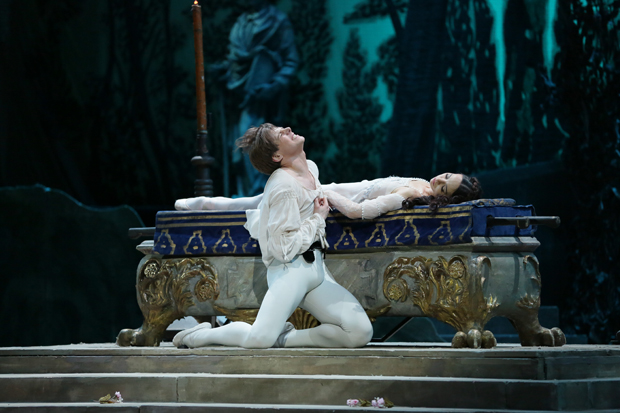
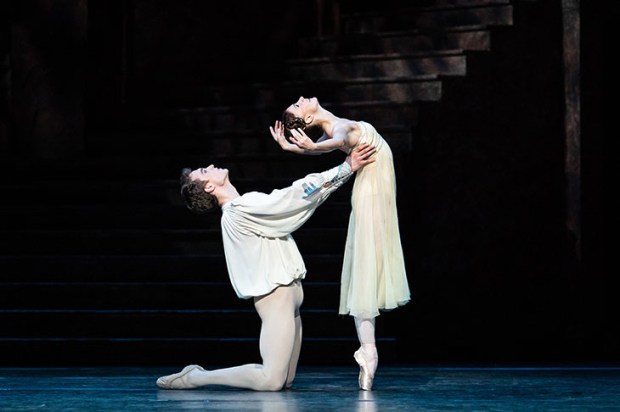
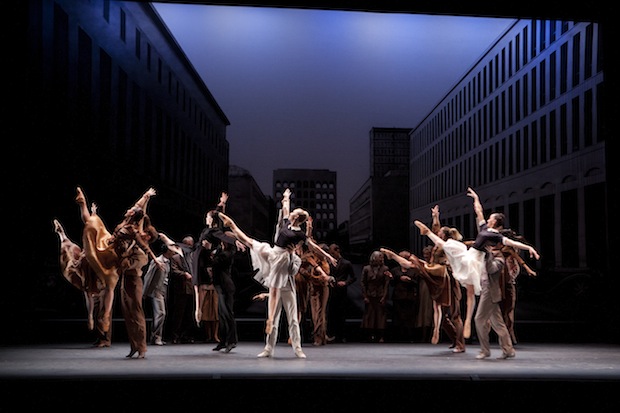
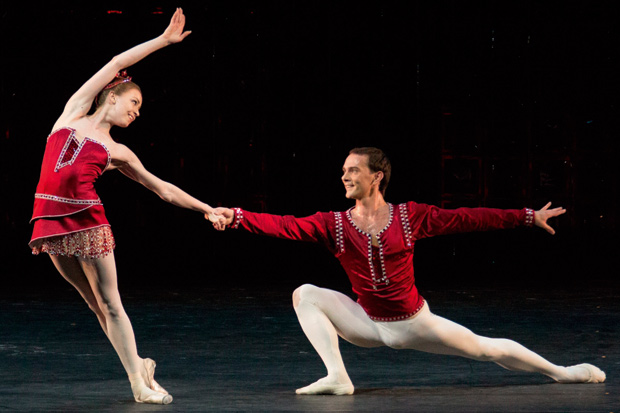
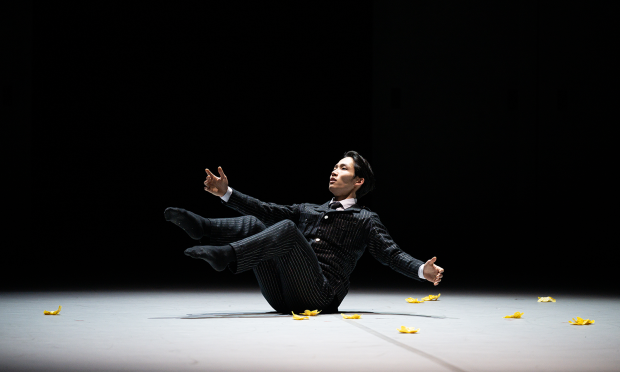
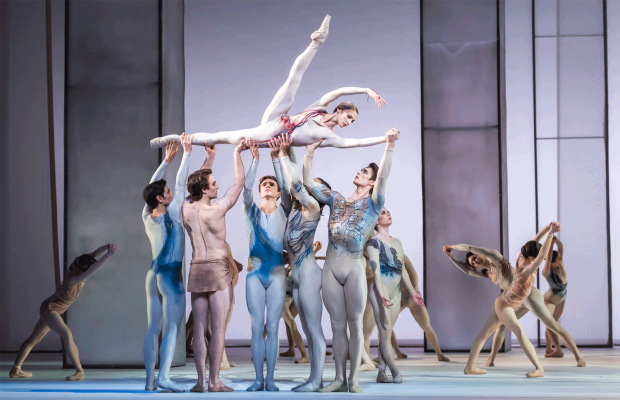
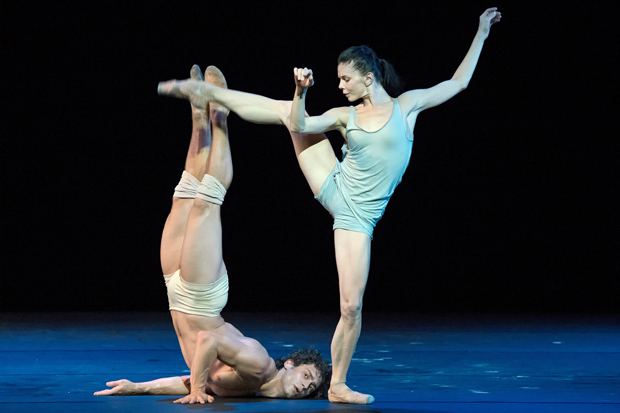






Comments
Don't miss out
Join the conversation with other Spectator Australia readers. Subscribe to leave a comment.
SUBSCRIBEAlready a subscriber? Log in